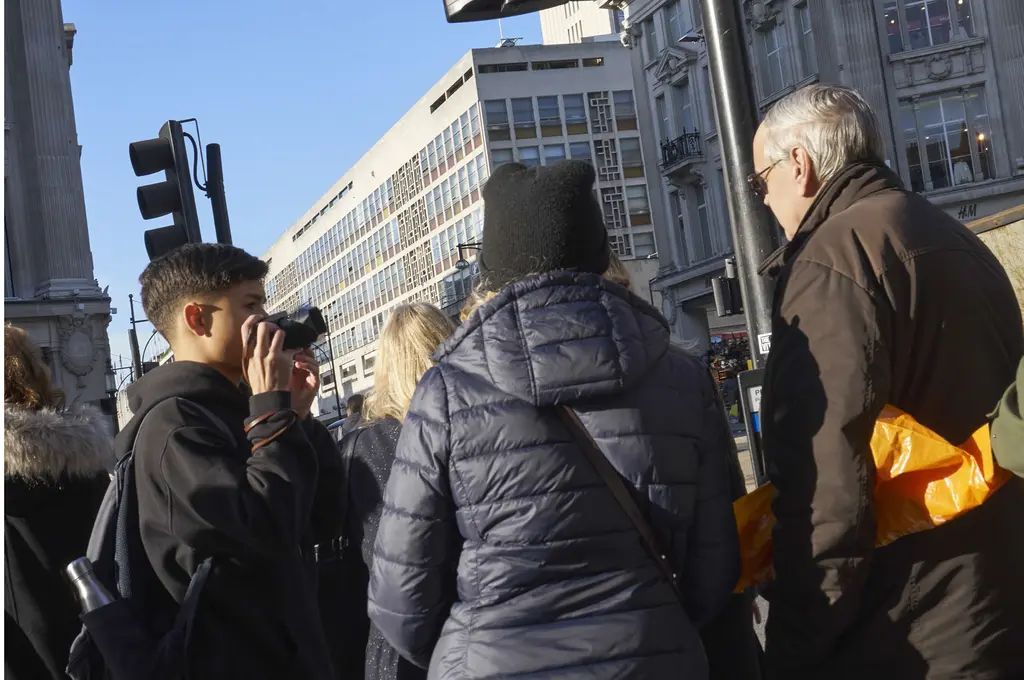This new photo book captures lost time over the past year

Photographer Jermaine Francis’s Rhythms of the Metroplex explores life without proximity and how time really can be of the essence.
Culture
Words: Olivier Kupper
Excerpt from Rhythms of the Metroplex
In many ways, this book is about time and its intrinsic relationship to photography, but it is also about the poetic mystery of time. Time courses through us, like a heatwave in a vortex. It is a warm kind of whiplash, as life flashes before our eyes. The temperature of time is off the charts. But, paradoxically, time is also colder than mortality – it is distant and cosmic. Time is unrecognisable and outside the human lexicon. Nina Simone once said that “time is a dictator”. It is true that time has an autocratic rule over us. We have invented a metered existence in order to bear witness to the weight of being, which is heavier than anything tangible.
The last train home, the early afternoon matinee, a traffic light, a dinner reservation, we are all navigating the composition of time. Time is of the essence. Time – from the Latin word tempus – the root temp, meaning to pull, stretch or string. Our pulse beats to an involuntary rhythm – our heart a dancer without music. In RHYTHMS FROM THE METROPLEX, Jermaine Francis attempts to capture this invisible music with his camera. Not too long ago, there was a world without social distancing, without masks – where close and intimate proximity with others was synonymous with metropolitan life. This book of images is a photographic study of that time. It is a study of the madness of crowds where the negation of space becomes like a choreographed performance – repetition and patterns appear, furtive glances are exchanged, hurried bodies twist and negotiate through other bodies. Will we welcome this world back after the pandemic or will this blasé dance be a relic of the past?















